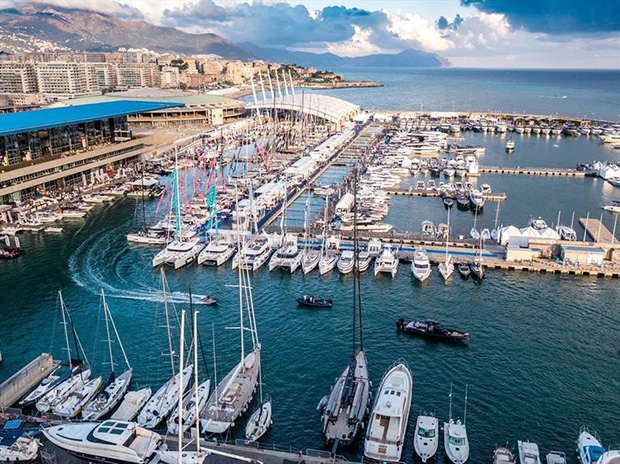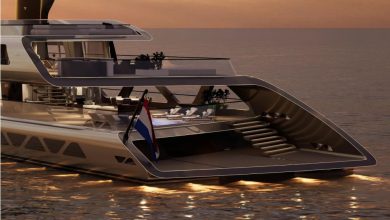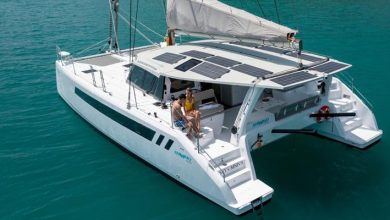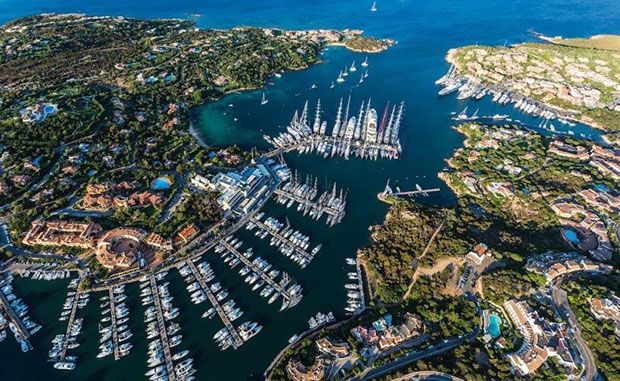Energy Observer our Vessel

At the outset, Energy Observer is the name of a boat, self-sufficient in energy, with zero emissions, zero fine particles, zero noise, as well as being a symbol of our awareness raising and our ambitions at the service of ecological transition.
We designed her to prove that entirely decarbonised, decentralised and digitised energy is possible, that such a virtuous circle is achievable. Her on-board technologies, combining multiple sources – solar, wind and hydro power – and forms of storage, batteries and above all hydrogen, prefigure tomorrow’s intelligent energy networks (smart grid), which can be reproduced on a grand scale, everywhere and for everyone.
Hydrogen, keystone of the Energy Observer system
To date, hydrogen is renewable energies’ best ally. The most abundant chemical element in the universe, lightweight and boasting an energy density that is 3 times greater than traditional fuels, it enables excess surplus energies to be stored and their irregularity to be offset. If Energy Observer were to store her energy using solely traditional batteries, she would weigh twice as much!
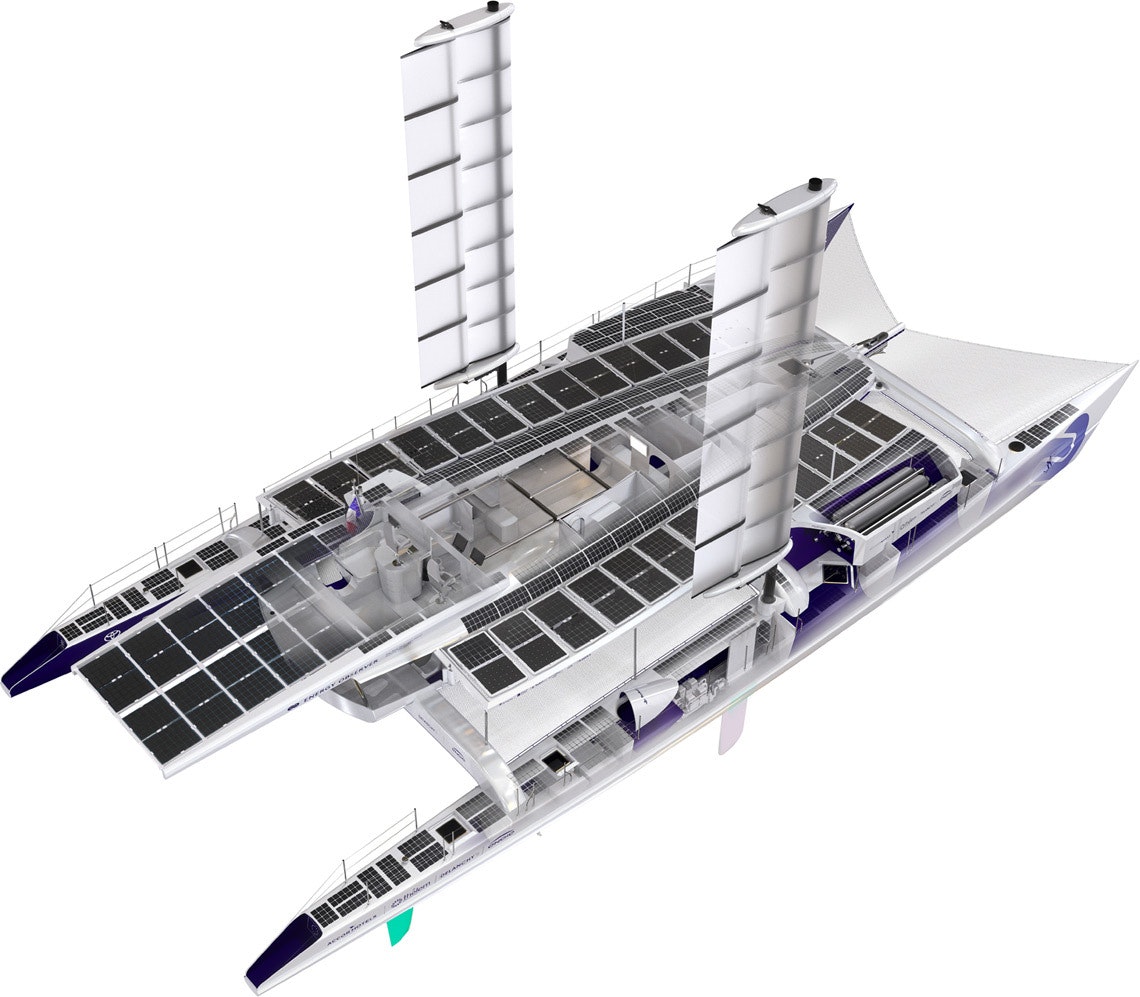
Today, the 63kg of hydrogen stored on board Energy Observer provides 1MWh of electricity, equivalent to the average electricity consumption (including electric heating) of a 4-person household for one month and 10 days.*
In the 63 Kg of hydrogen, the fuel cell provides 1 MWh of electricity, but also 1 MWh of thermal energy that can be used for heating and hot water.

Though maritime and terrestrial mobility is satisfying the ever-increasing demands for power, speed and reliability, today hydrogen is the only energy vector offering a credible alternative to fossil fuels with no impact on the environment.
Via on-board testing of an energy system based on a mix of renewable energies and hydrogen produced aboard, we are paving the way forward for multiple terrestrial and maritime applications, which can be replicated on the scale of a user, a district or a town.
*This example is based on a household living in a house of about 140m2 at an altitude of 1000 m with a heat pump system.
Clean energy sources
The adaptability of sustainable energy systems is based on a combination of technologies, which enable energy to be produced from nature without damaging it: sun, wind, waves and currents. Our process of continuous innovation, enables us to experiment with new technologies every year, test them and sometimes give up on them where the results prove inconclusive. For solar energy, our team trialled the first bi-facial, heterojunction photovoltaic panels designed by the INES (National Institute of Solar Energy), right up to the latest flexible or vertical and invisible panels supplied by Solbian.

For wind energy, having initially trialled traction kite systems and vertical-axis wind turbines, since 2019 we’ve been developing automatic propulsion wings with the VPLP architectural firm: OceanWings®. New, automatic variable pitch propellers have also been tested since early 2020 with a view to enhancing the performance of the on-board hydro-electricity produced using the power of the ocean current. The selection criteria still remains the same: these innovations must be able to be replicated and adapted and satisfy the multiple application and mobility challenges, so that one day it becomes accessible to all.
more info:energy-observer.org
by admin & © Energy Observer Productions

